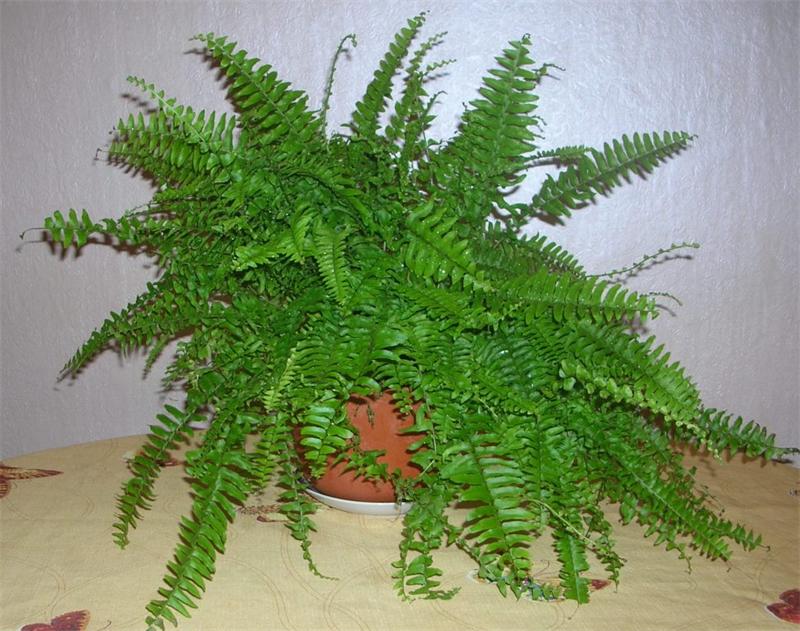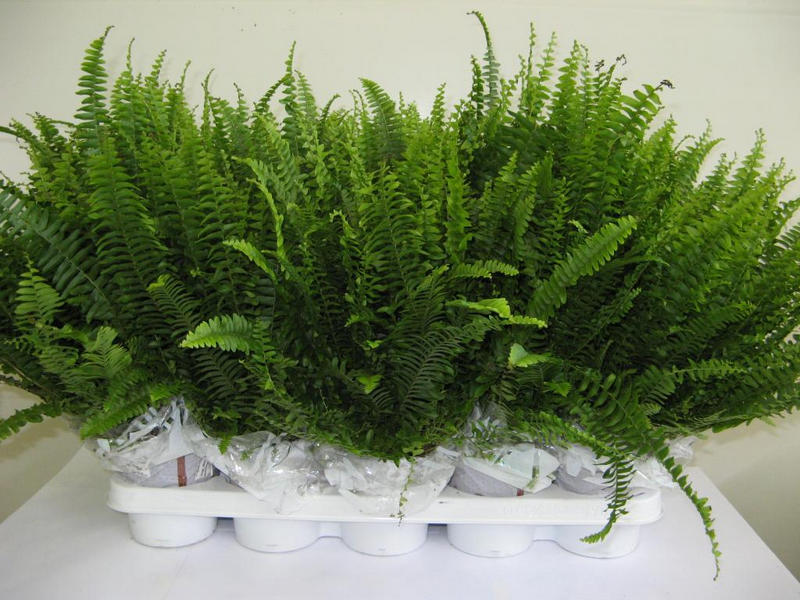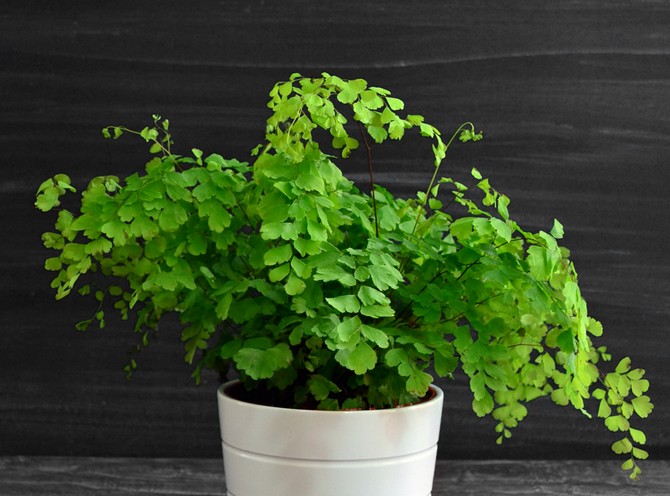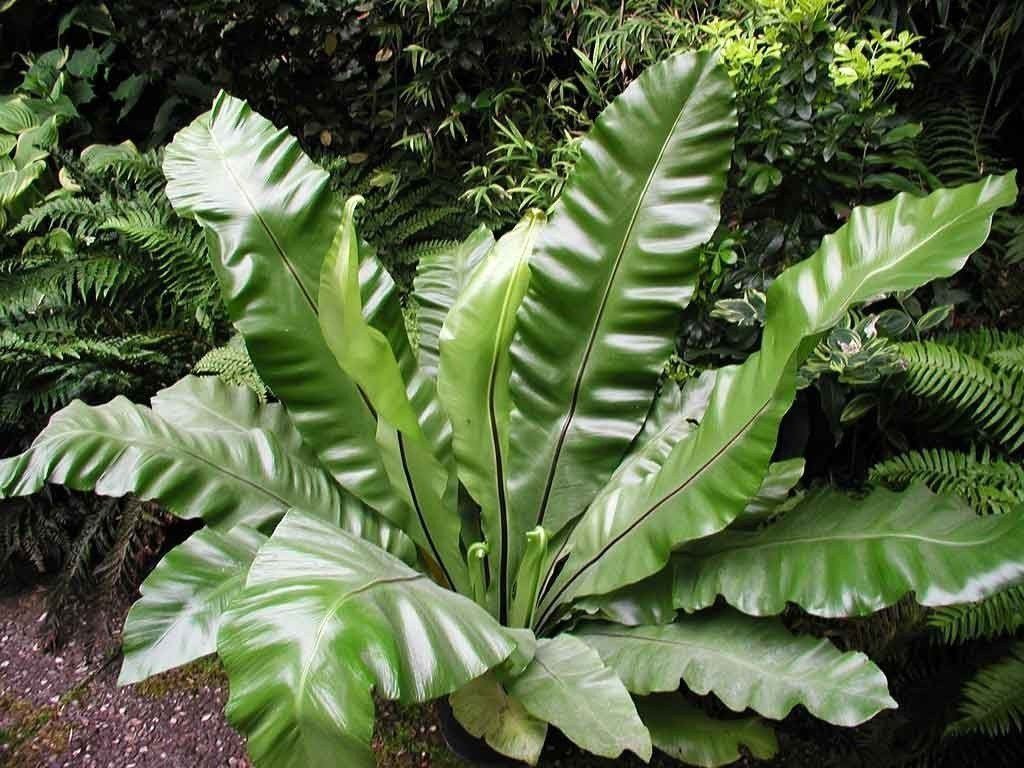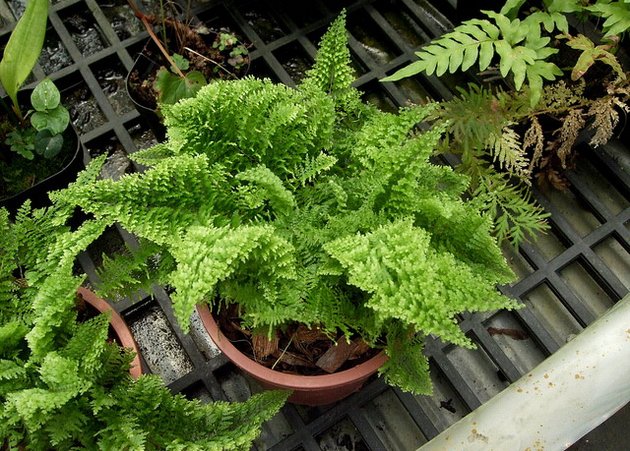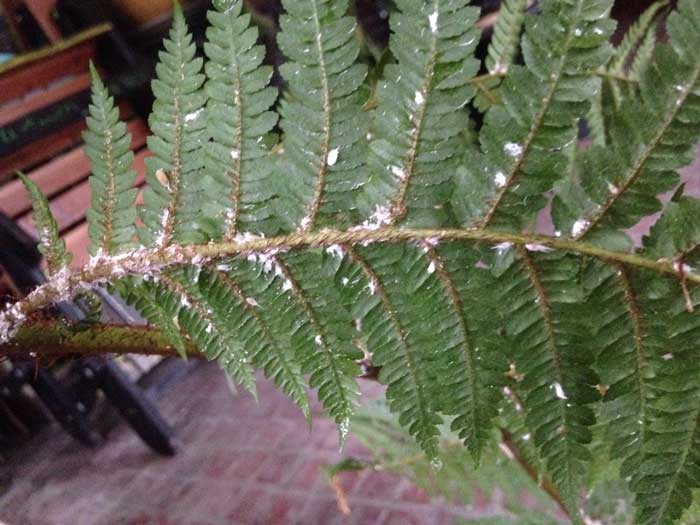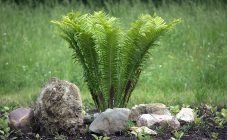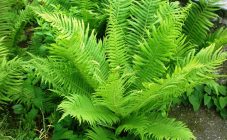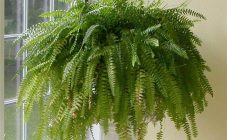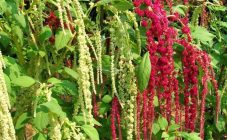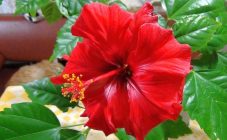Home fern is a type of plant that is grown indoors and does not require complex maintenance. That is why many flower growers prefer this specimen to fill the house with greenery, beauty and comfort. Among the many species of ferns, the most popular is nephrolepis, which has a beautiful lush crown, is able to make even the most boring interior lively and bright.
Plant features
Fern at home began to grow a long time ago. The plant itself belongs to the type of perennial, terrestrial and epiphytic crops with a short rhizome, as well as pinnately dissected leaves. The stems are literally covered with foliage, and from below you can observe the formation of ground loops or shoots that, when in contact with the soil, give rise to roots.
In nature, as a result of numerous studies by specialists in the field of botany, about 10 thousand species of ferns of the following type have been identified:
- water;
- ground;
- herbaceous;
- treelike.
Depending on the species, they can be found in the forest, swamp or meadow. The plant can be small or large, with foliage up to half a meter long. Also, the fern is moisture-loving and drought-resistant. The peculiarity of the first is that it will have delicate dissected leaves with a light greenish tint, while the second type has leathery foliage and has a waxy coating on it.
The most popular types of home ferns, more precisely those that can be taken care of at home are not difficult:
- Nephrolepis is considered the most unpretentious and most famous home "flower", the difference of which lies in a spectacular rosette with openwork leaves and a lot of spores on the back. The foliage reaches an average of 50 cm in length.
- Some people call Davallia a hare's paw, in which the rhizome is shaggy and with a reddish tinge hangs along the edges of the hanging planter. The peculiarity of an exotic plant in a variety of leaves of a juicy green color.
- Platiterium is a plant with flat leaves growing in different directions and a bit like deer antlers. In the middle, the leaves are brown, similar to a head of cabbage.
- A feature of the asplenium, or ostenosis, is the presence of undivided leaves, slightly wavy along the edge.
- Blehnum, which some call the Derbyanka, is similar in structure to a palm tree, since the crown of an adult plant can reach 1 m in height and consists of hard leaves.
- Disconia as a houseplant can only be used at a young age, because over time it transforms into a tree of great height up to 6 m.
- Polypodiums are called by some as a millipede, which has a thin stem and foliage that is deeply dissected. The bush can literally grow in the air, and the root of the plant twists along the surface of the earth, clinging to the soil and forming shoots.
Care
How to care for a fern so that it delights the eye with its greenery? Taking care of the "flower" involves taking a number of steps to prevent drying out, wilting and death.
Such a fern definitely needs sufficient lighting, but direct exposure to sunlight is strictly prohibited. The mistake of many gardeners is that they consider these plants to be shade-tolerant, but it is in the shade that they stop growing and can completely die.
For the foliage to be large and healthy, the light must be bright, but diffused. That is why the flower pot should be placed next to the window located in the southwest. The optimum temperature for a plant that begins its growth is 15-22ᵒС.
The thermophilic species are:
- aspenium;
- platizerium;
- nephrolepis;
- maidenhair.
In the room where they are grown, the temperature should not fall below 18ᵒС. In addition, it is worth considering that ferns prefer a well-ventilated space, but they should not be in a draft or cold. In the summertime, they are transferred to the garden or balcony, but only to those places that are protected from direct sunlight.
When growing a fern, care must be carried out strictly following the recommendations of specialists in house plants. Namely, such a culture needs a certain irrigation regime. The plant needs a lot of water, and regularly. To be more precise, as soon as the topsoil dries up, an urgent need to water it. During hot periods, the fern can be watered up to several times a week.
An excess of moisture is also dangerous, and therefore it is worth replanting fern crops only in pre-drained soil so that there is no excess moisture. You need to water it with water at room temperature, it is advisable to first boil it or stand for 4-5 days.
The fern loves to have high humidity air around, and daily spraying will have a beneficial effect on its appearance. If the weather is hot or the batteries are running in the room, then you need to spray it several times a day. Some growers prefer to install air humidifiers, which simplifies the maintenance process.
The purchase of this culture can bring a lot of benefits for the interior, the mood of the household and will simply delight with its attractiveness, which can be preserved if, during the period of active growth, one does not forget about fertilization. Otherwise, you can see such troubles as yellowing, pallor, blackness, or drying of the foliage. Every 7 days, the shrub must be fed using special complex liquid fertilizers.
In the period from late October to early February, the houseplant is at rest. If a cool room is used for placement, then watering is reduced by half and it should not be fed, as this will bring additional harm.
Reproduction
How to grow a dwarf fern yourself? You need to follow simple recommendations step by step. Only in this case, you will not have to wonder how and why the leaves of the fern turn black.
Reproduction of the plant is carried out using spores and division of the bush. The first option is not as simple as it might seem at first glance, since the process is painstaking, complex and long.In order to reproduce at home it was not troublesome, it is worth giving preference to the method in which you need to transplant the shoots after dividing the bush, for which they use rosettes of a root type and always of a small age. You need to try to plant them carefully so as not to harm the root system.
During transplantation, you need to take those sockets on which the root system with a large lump of earth is developed as best as possible. These delenki need to be planted in pre-prepared small pots, and then sent to a warm room with good lighting and always without drafts.
During the adaptation period, the plant needs high-quality care and the necessary conditions in the form of high humidity, abundant watering. It is worth feeding the fern if it begins to show signs of exhaustion and dryness. Otherwise, the culture will simply die.
Transfer
What is the best fern soil? This is the question that should be asked by those who are going to grow it and want to study all the features of the plant in advance.
First you need to learn that an adult fern should be transplanted only when the roots completely fill the space of the pot. This process is complicated by the fact that the plant reacts rather painfully to the procedure, and recovery after it can take several months. That is why it is required to resort to the transshipment method. This is when the transplant is carried out from one container to another without cleaning the roots from the soil.
Experts recommend performing this procedure in the spring, choosing wide and low flowerpots for the fern. The soil should correspond to an acidity level of 5.0-6.6 pH. To prepare the mixture yourself, mix:
- 1 volume of peat;
- 1 volume of humus;
- 1 volume of leaf land;
- 1/5 the volume of bone meal.
The pot should be 5-6 cm higher in height than the previous one. You need to fill in the drainage, lay the moss, and only then pour the substrate. When the plant is transplanted, the roots must be thoroughly covered with earth, excluding voids, and then watered abundantly for 2 weeks.
Diseases, pests and how to deal with them
Why does the garden or indoor fern turn yellow? What to do with blackened leaf tips? How to maintain a healthy and beautiful appearance? These are the questions asked by growers who prefer to grow this type of plant.
The most common problems:
- falling foliage - occurs when there is a lack of watering;
- darkening of leaves - occurs with an excess of watering;
- yellowness on greenery - too dry air in the room leads to this;
- slow growth and pallor of color - often occurs due to a lack of vitamins and minerals.
There are a number of diseases that often affect various types of fern crops, including domestic ones:
- Anthracnose, which is characterized by brownish drips along the tips of the foliage. During treatment, the affected leaves are removed, and the crown is treated with a fungicide. Watering is reduced by 2-3 times for 2-3 weeks.
- Rotting rhizome. Initially, yellowness is observed on the leaves, after which it becomes brown. If urgent action is not taken, the fern may die. If you find a problem at the initial stage, then it is enough just to reduce watering and increase the air temperature in the room.
- Foliage spotting. It can be found by large brown spots on the surface of the leaves, they will be slippery and wet. The affected greens must be removed, and the plant must be treated with a fungicide.
- Gray rot manifests itself in the form of a gray moldy bloom on the foliage and stem, upon detection of which the pot with the plant is quarantined with the preliminary removal of the affected areas and treatment against mold.
- Huge harm to a house plant can be caused by pests: whiteflies, springtails, mealy worms, nematodes, spider mites, aphids, thrips, etc. Areas that are affected are removed, and the rest are completely treated with insecticides.
It is important to remember that a plant, like a person, needs not only care, but also care, love and understanding of its needs. Finding problems at an early stage, it is much easier to eliminate them than to deal with advanced diseases. And according to signs, the fern brings good news, so it is worth keeping an eye on the plant, which can also make you happy.
